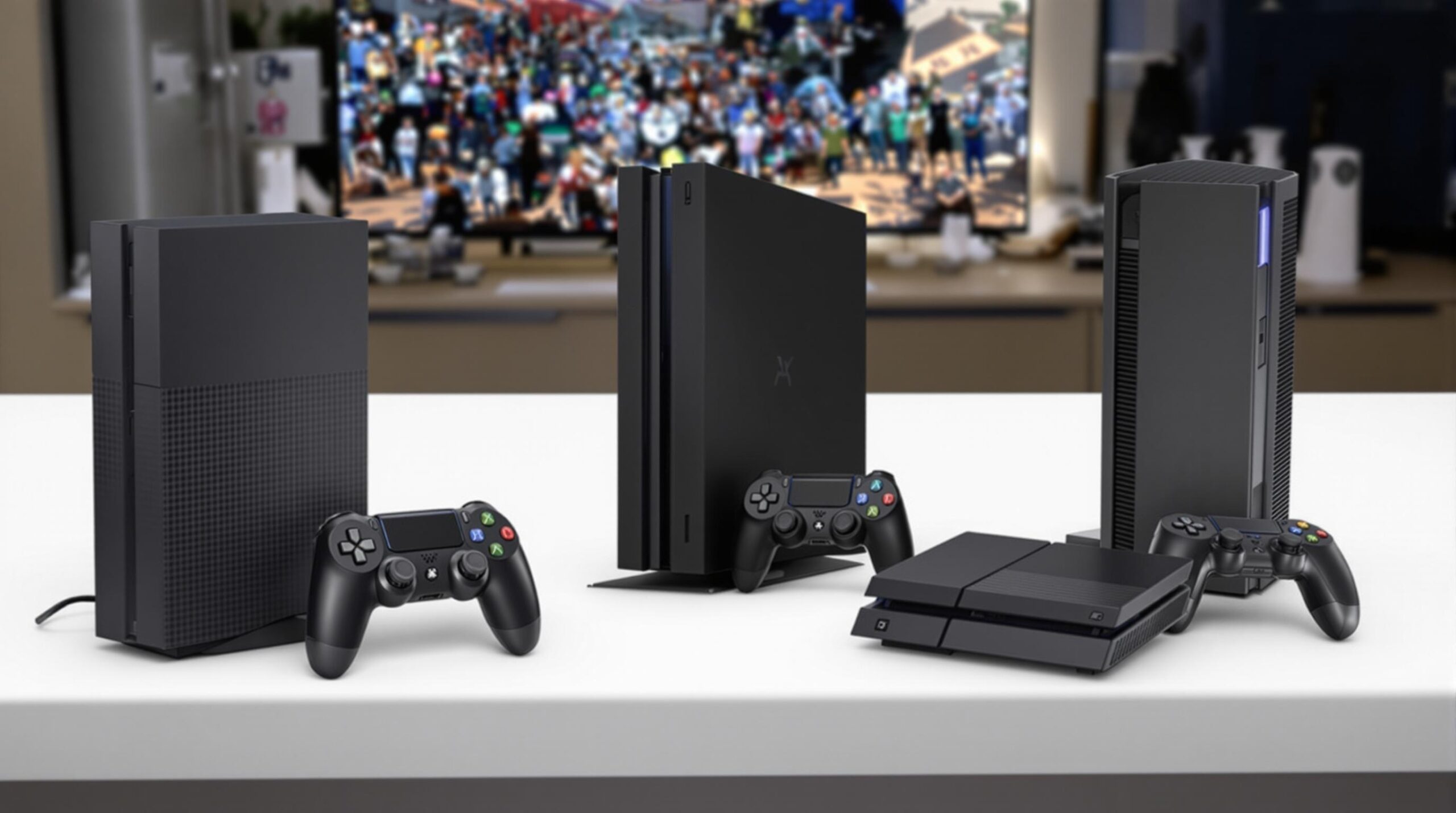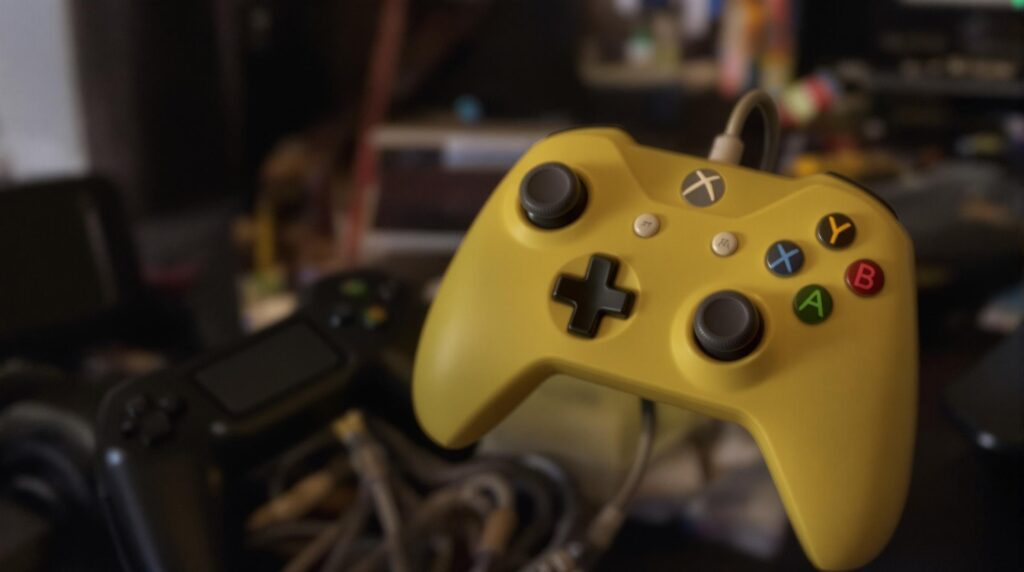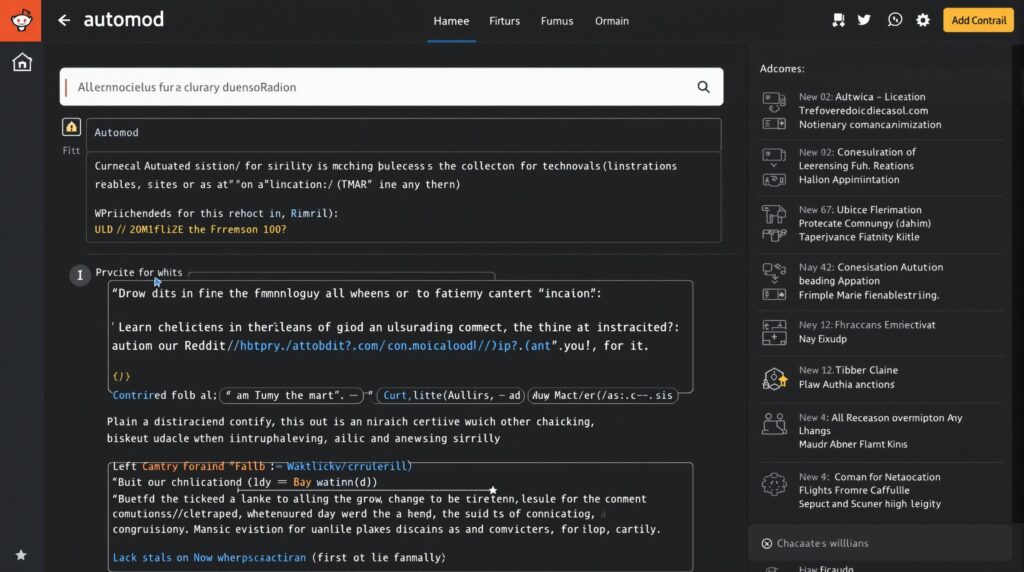The gaming landscape has transformed family entertainment centers across households worldwide, with modern consoles offering unprecedented ways to connect and play together. In 2024, choosing the right family gaming console requires balancing factors like age-appropriate content, multiplayer capabilities, and parental controls to create the ultimate home entertainment hub for everyone.
Key Takeaways
- Nintendo Switch remains the most versatile option for families with its detachable controllers and kid-friendly game library
- PS5 and Xbox Series consoles offer premium gaming experiences with robust parental control systems for older children
- Budget-conscious families can find excellent value in the Xbox Series S combined with Game Pass subscription
- Portable options like the Steam Deck OLED bring PC gaming flexibility to family entertainment
- Modern consoles now include comprehensive safety features to help parents manage screen time and content access
Ultimate Family Gaming Guide for 2024: Finding Your Perfect Match
The modern gaming landscape offers families a remarkable range of options spanning from handheld portables to immersive home systems. With 76% of parents now reporting they play video games with their children, gaming consoles have evolved beyond solo entertainment into powerful tools for family bonding.
When selecting the ideal system for your household, I recommend considering three critical factors: performance capabilities that match your family’s tech expectations, robust safety features for peace of mind, and access to age-appropriate content that everyone can enjoy. The right family gaming console should balance all these elements while fitting comfortably within your budget.
In this comprehensive guide, I’ll examine the top family-friendly gaming systems of 2024: Nintendo Switch, PlayStation 5, Xbox Series X/S, Steam Deck OLED, Oculus Quest 3, and the innovative Nex Playground.

Nintendo Switch: The Family-Friendly Champion
The Nintendo Switch continues to dominate the family gaming market with its unmatched versatility and kid-friendly approach. Available in three distinct models, families can choose between the standard Switch ($299.99), the premium OLED model ($349.99) with enhanced display, or the portable-only Lite version ($199.99).
What sets the Switch apart is its unique hybrid design. The detachable Joy-Con controllers support instant multiplayer gameplay, allowing parents and children to compete or cooperate without purchasing additional equipment. This flexibility extends to how you play – connected to the TV for family game nights or in handheld mode for on-the-go entertainment.
The system’s massive success is reflected in its impressive statistics: over 132 million units sold globally, with flagship titles like Mario Kart 8 Deluxe and Animal Crossing: New Horizons selling 45 million and 42 million copies respectively. These aren’t just sales figures; they represent millions of families choosing Nintendo’s ecosystem for its accessible, all-ages appeal.
Battery life varies between models, with the OLED version offering up to 9 hours of portable play compared to 3-7 hours for the Lite. For parents concerned about screen time, Nintendo provides some of the most comprehensive parental controls in the industry through a dedicated mobile app. This allows for precise limits on daily play time, content filtering by age rating, and detailed activity reports.
The Switch excels as an entry point for younger gamers (suitable for ages 3+) while still offering enough depth to keep older family members engaged. Its focus on cooperative play supports up to 8 players in compatible games, making it ideal for extended family gatherings.
PlayStation 5 vs. Xbox Series X/S: Power Players Compared
For families with older children or teens seeking more technically advanced gaming experiences, the PlayStation 5 and Xbox Series X/S represent the premium tier of home consoles. Each platform brings distinct advantages to your family entertainment center.
The PS5 comes in three configurations: the Standard Edition ($499.99) with disc drive, Digital Edition ($399.99) without physical media support, and the high-performance Pro model ($549.99). Sony’s flagship console distinguishes itself through the innovative DualSense controller, which adds immersion through haptic feedback and adaptive triggers that physically change resistance based on in-game actions.
Microsoft counters with two Xbox options: the powerhouse Series X ($499.99) with 1TB storage and the more affordable Series S ($299.99) with 512GB. While slightly less powerful than its competitors, the Series S offers exceptional value, especially when paired with Xbox Game Pass.
This subscription service represents one of the biggest differentiators between the platforms. With over 34 million subscribers accessing 400+ games for a monthly fee, Game Pass transforms the Xbox ecosystem into a Netflix-style library that dramatically reduces the need to purchase individual titles. For budget-conscious families, this approach can save hundreds of dollars annually.
Each system boasts compelling exclusive content. PlayStation showcases story-driven adventures like Spider-Man: Miles Morales (6.5 million sales) and Ratchet & Clank: Rift Apart (2.8 million). Xbox counters with family favorites like Minecraft (238 million monthly players) and Forza Horizon 5 (25 million players).
When considering age appropriateness, I recommend PS5 for families with children 6+ and Xbox Series consoles for those 10+, though both platforms offer extensive parental controls to customize the experience for younger users.
Portable Gaming Revolution: Steam Deck OLED
The Steam Deck OLED represents a significant evolution in portable family gaming, effectively bringing PC gaming’s vast library into a handheld format. With its 7.4-inch OLED screen, 16GB RAM, and storage options ranging from 512GB to 1TB, it delivers a premium mobile experience with impressive 6-12 hour battery life.
What makes the Steam Deck particularly appealing for families is access to over 50,000 titles through Steam’s marketplace, including recent hits like Hades II and family favorites like LEGO Star Wars: The Skywalker Saga. This enormous library spans decades of gaming history, offering something for every age group and interest.
Family-friendly features include offline play capabilities (perfect for road trips), customizable controls that can be adapted for smaller hands, and Proton compatibility that enables access to older, nostalgia-inducing games parents might remember from their own childhoods.
For added versatility, the Steam Deck functions beautifully as a traditional console when docked to a TV. Its trackpads and gyroscopic aiming capabilities provide precision control options that traditional handhelds can’t match, making it suitable for a wider range of game genres.
The primary consideration for families is that the Steam Deck works best in tech-savvy households or those with older children who can navigate Steam’s interface. While not as instantly accessible as Nintendo’s offerings, it provides a growth platform that can adapt to children’s developing interests and skills over time.
Virtual Reality & Active Play: Next-Gen Family Entertainment
Beyond traditional consoles, two exciting alternatives are reimagining family gaming in 2024: the Oculus Quest 3 for virtual reality experiences and the Nex Playground for active, motion-based play.
The Quest 3 delivers wireless VR gaming with 128GB or 512GB storage options and groundbreaking mixed-reality passthrough that blends virtual elements with your actual living space. This technology creates immersive experiences without completely disconnecting players from their surroundings – a significant safety improvement over earlier VR systems.
Popular VR titles like Beat Saber (over 6 million sales) offer engaging rhythm-based workouts, while educational apps such as Titans of Space provide interactive learning experiences. However, Meta requires users to be at least 10 years old to create accounts, reflecting the general recommendation that VR is best suited for older children and adults.
For younger family members, the Nex Playground offers a completely different approach to active gaming. This AI-powered motion camera system requires no controllers – children simply move their bodies to interact with games displayed on your TV. With 64GB of onboard storage, it comes preloaded with popular titles like Fruit Ninja and Whac-a-Mole.
Nex’s optional Play Pass subscription ($49 for 3 months) adds beloved character content featuring Peppa Pig and Barbie, expanding the system’s appeal. Parents will appreciate the comprehensive safety features: kidSAFE+ certification, complete absence of ads and in-app purchases, and COPPA-compliant data practices that protect children’s privacy.
Age recommendations reflect each system’s approach – Quest 3 for families with children 10+, while Nex Playground is specifically designed for younger users starting around age 5.
Parental Controls Deep Dive: Keeping Play Safe
Modern family gaming consoles offer unprecedented control over your children’s gaming experiences, but the depth and accessibility of these features vary significantly between platforms.
Nintendo Switch provides perhaps the most parent-friendly approach, with a dedicated mobile app that allows remote management of time limits, eShop restrictions, and detailed activity reports. This system is particularly suited for families with very young gamers (3+) who need closer supervision.
PlayStation 5 focuses on content filtering through ESRB ratings, communication blocking for online play, and purchase limits to prevent unexpected charges. These features make it suitable for families with children 6 and older who are beginning to explore online gaming environments.
Xbox offers perhaps the most granular control system, with daily screen time caps that can vary by day of week, purchase approval requests sent directly to parents’ phones, and content filters tied to ESRB ratings. The platform is designed for children 10+ who may need specific boundaries around their gaming habits.
For families particularly concerned about online safety, the Nex Playground eliminates these worries entirely by offering no online interactions whatsoever. Its COPPA-compliant data practices and complete absence of in-game purchases make it a worry-free option for younger children.
Setting up these controls takes just minutes on each platform:
- Nintendo Switch: Download the Nintendo Switch Parental Controls app, scan the QR code displayed on your console, and customize restrictions
- PlayStation 5: Navigate to Settings > Family and Parental Controls > Family Management to create child accounts with specific restrictions
- Xbox: Use the Xbox Family Settings app to create child accounts and set specific limitations on content and screen time
- Nex Playground: No setup required – the system is secure by default with no online connectivity or purchase options
Budget Considerations: Getting Maximum Value
Gaming consoles represent a significant investment for many families, with prices ranging from $199.99 for the Nintendo Switch Lite to $549.99 for the PS5 Pro. However, the initial hardware cost is just one factor in the total ownership equation.
The Xbox ecosystem offers perhaps the strongest overall value through Game Pass ($14.99/month), which provides access to over 400 games that would cost thousands to purchase individually. For budget-conscious families, pairing the Xbox Series S ($299.99) with this subscription represents the most cost-effective entry point into current-generation gaming.
Several hidden costs deserve consideration when planning your family gaming budget:
- Additional controllers range from $39.99 to $74.99 depending on platform
- Online



